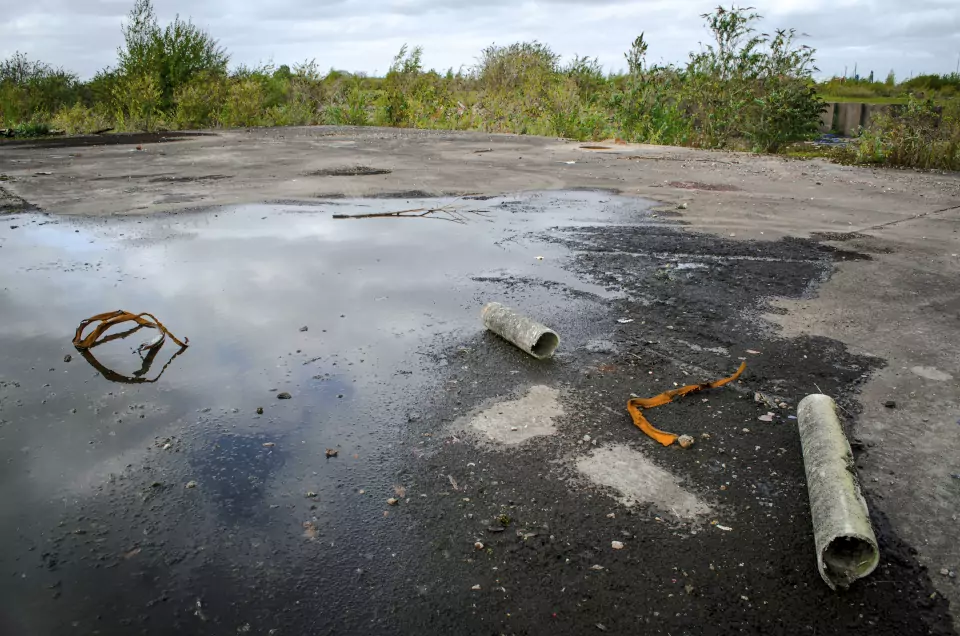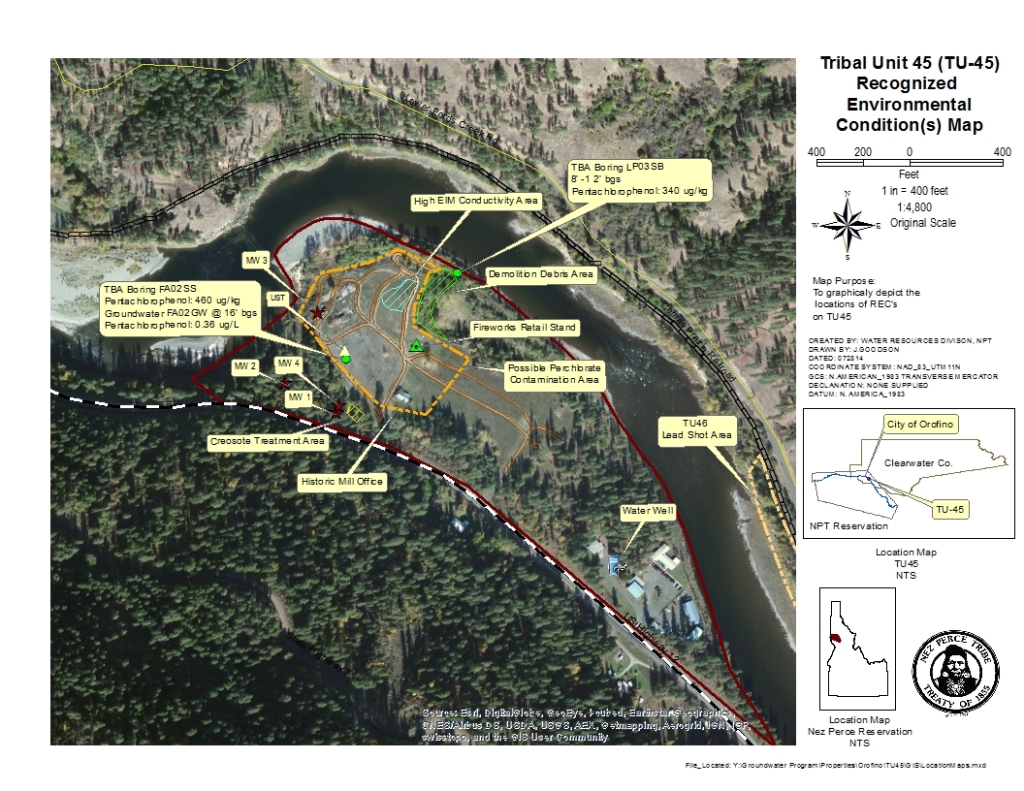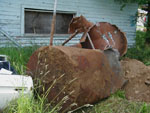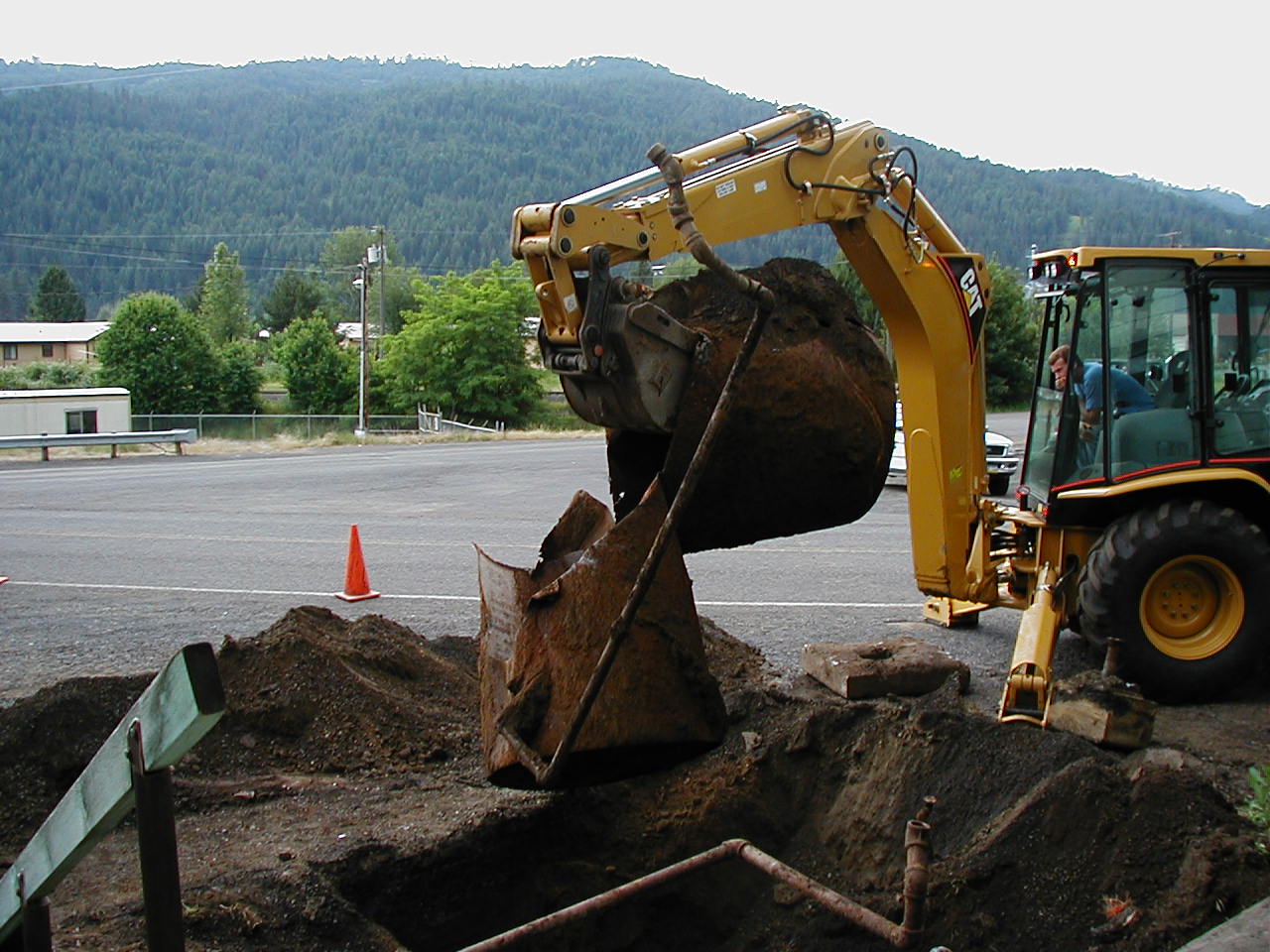Private property owner with an underground storage tank for agricultural equipment fueling
May 2008-UST field notice of non-compliance was issued under 40 CFR 280.70 for failure to permanently close or upgrade a temporarily out-of-use UST system. The corrective action required the 5,000 gallon UST to be removed by July 14, 2008
June 2008-Leo Hasenoehrl removed the tank himself with oversight by the Nez Perce Tribe. A site assessment was not required because of the infrequent use of UST and no contamination was found during the removal process.
June 2008-Tribe issued a No Further Action letter.
Work was funded by Leo Hasenoehrl
Suitable for unrestricted use



 March 2003_ Abandoned UST(s) reported to Water Resource Division, Nez Perce Tribe
March 2003_ Abandoned UST(s) reported to Water Resource Division, Nez Perce Tribe